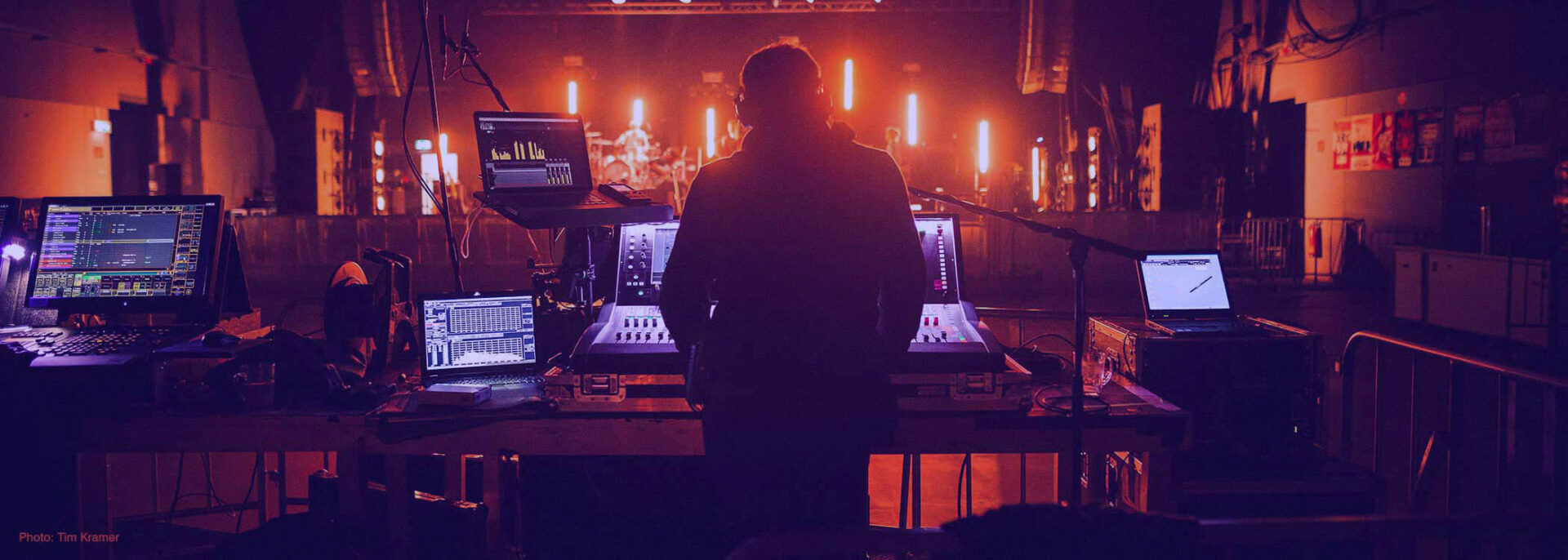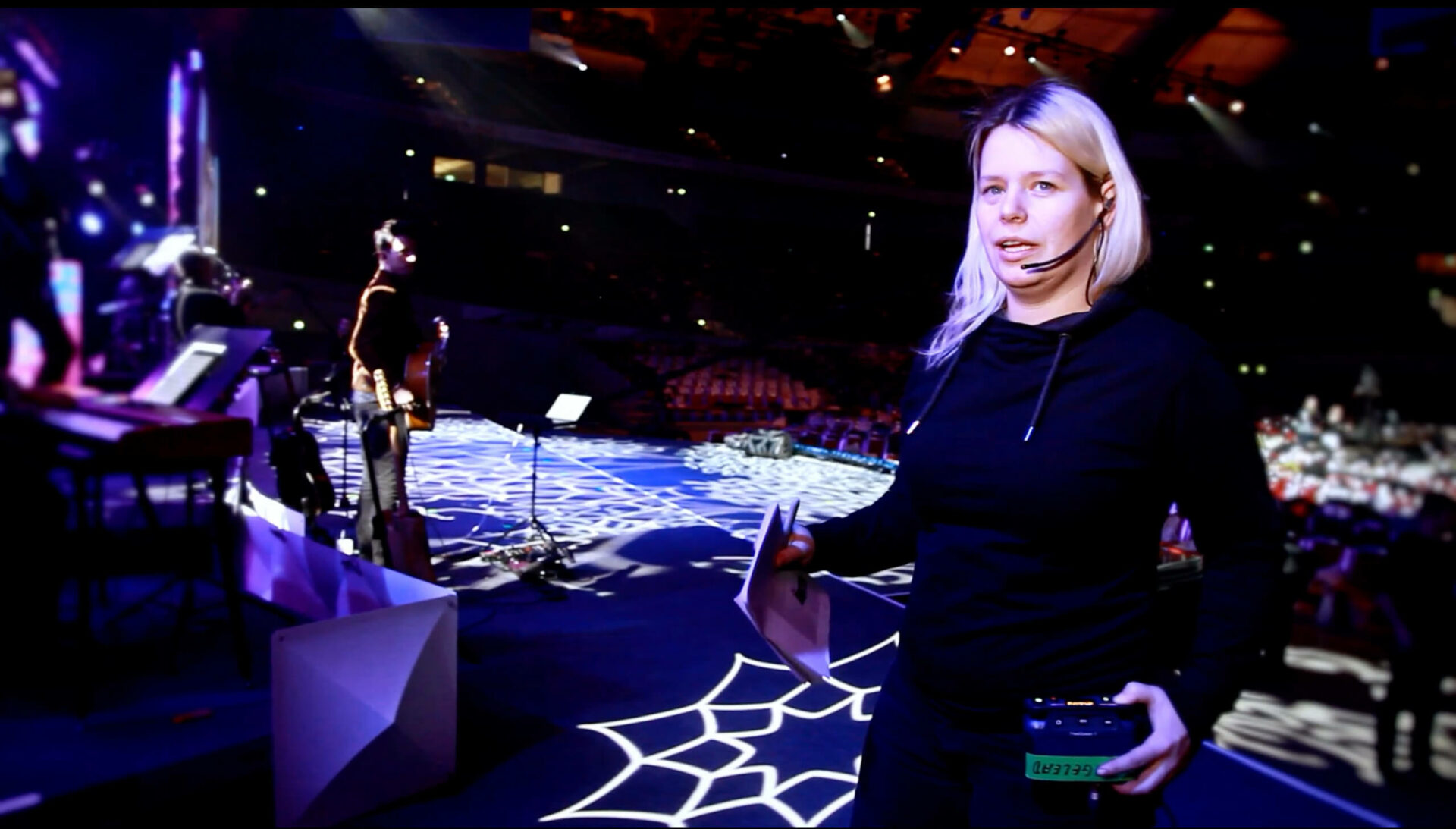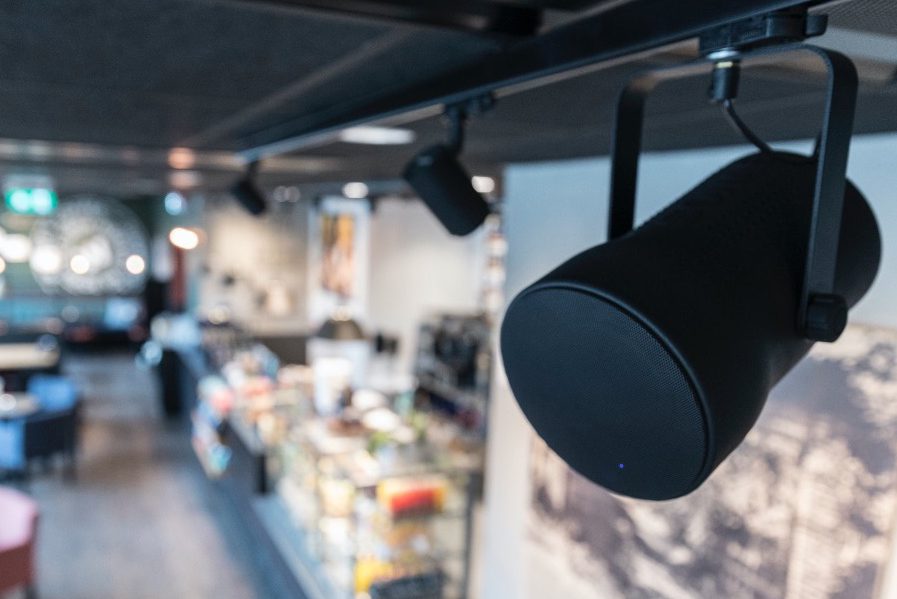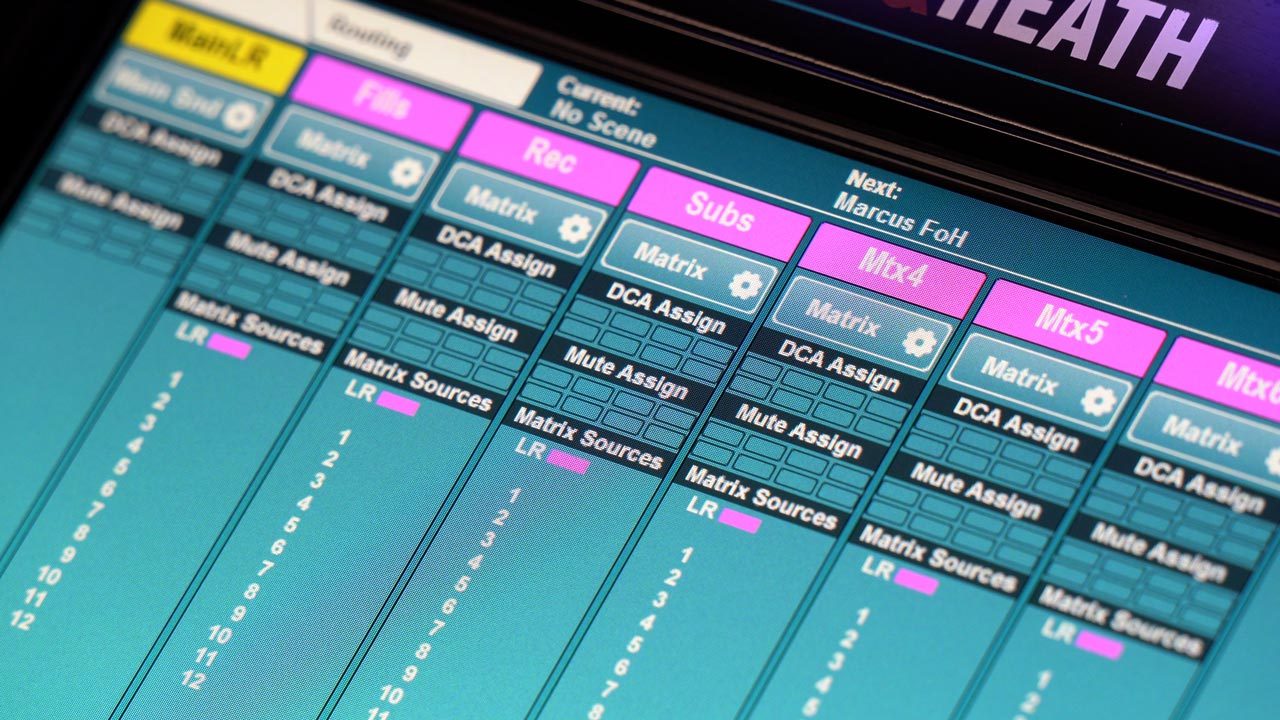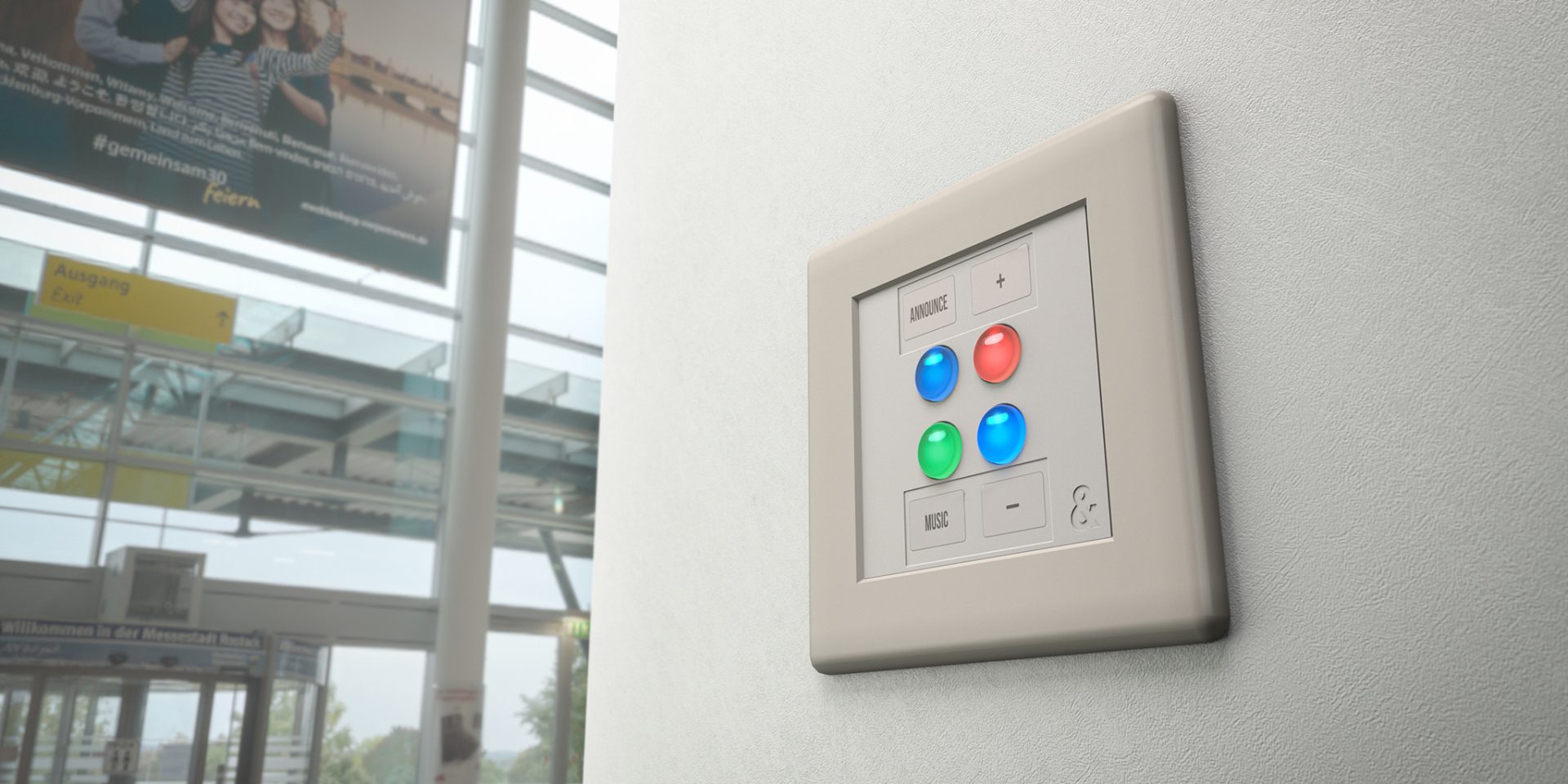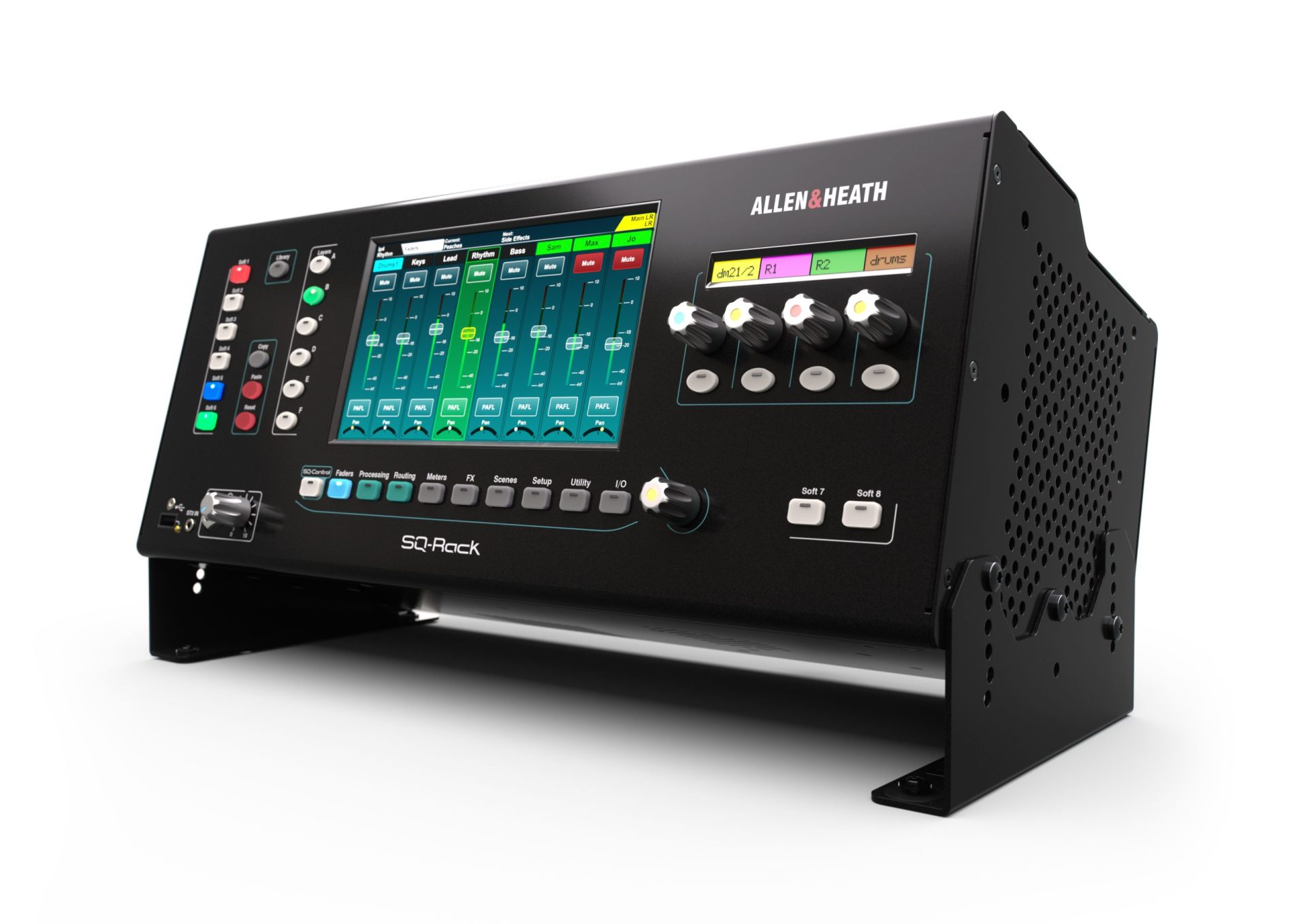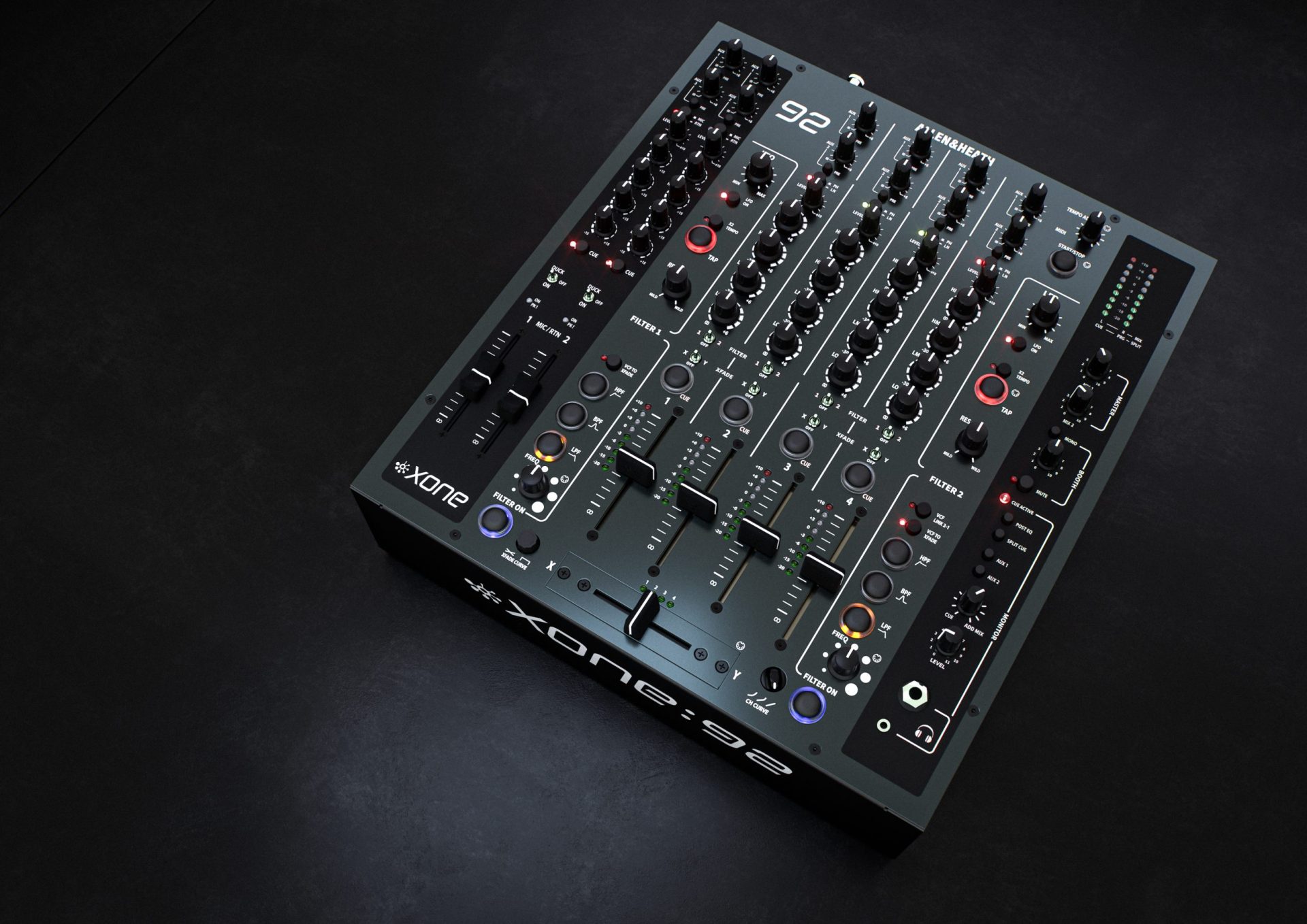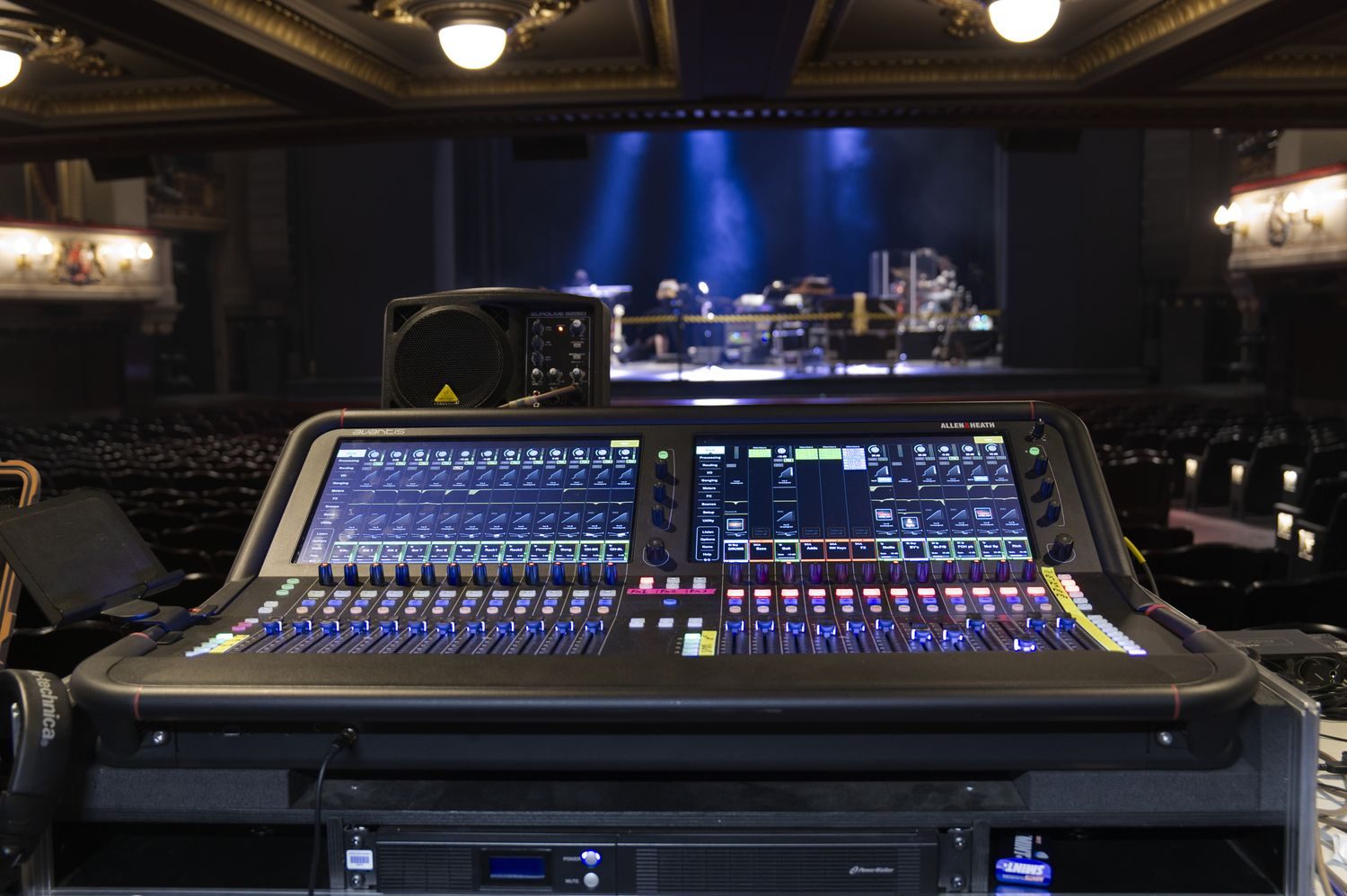
German theatre Schauspielhaus Bochum has recently completed a major installation featuring multiple Allen & Heath dLive systems, alongside new digital network technology across all of its venues and finished a successful first season with the new systems.
Schauspielhaus Bochum is one of the biggest and most acclaimed theatres in Germany. Founded in 1907, it was completely destroyed in World War II and rebuilt in the 1950s with a capacity of 811 seats. A second theatre – the 400-capacity Kammerspiele opened its doors in 1966. Former directors of the theatre include big names like Peter Zadek, Claus Peymann and Leander Haußmann.
Christoph Bonk has worked in the sound department for 28 years and has seen many technical changes during that time. His final goal as Technical Director was to guide the theatre into the future of digital technology and networking.
“In Bochum we offer many different genres – classical theatre and musicals but also concerts, so we have to be very flexible in the sound department,” explains Bonk. “We realised that our workflow wasn’t up-to-date anymore and we’ve been looking for the perfect solution for this theatre to address that. We needed flexibility, redundancy, good sound and wanted to be futureproof – dLive ticked all these boxes for us.”
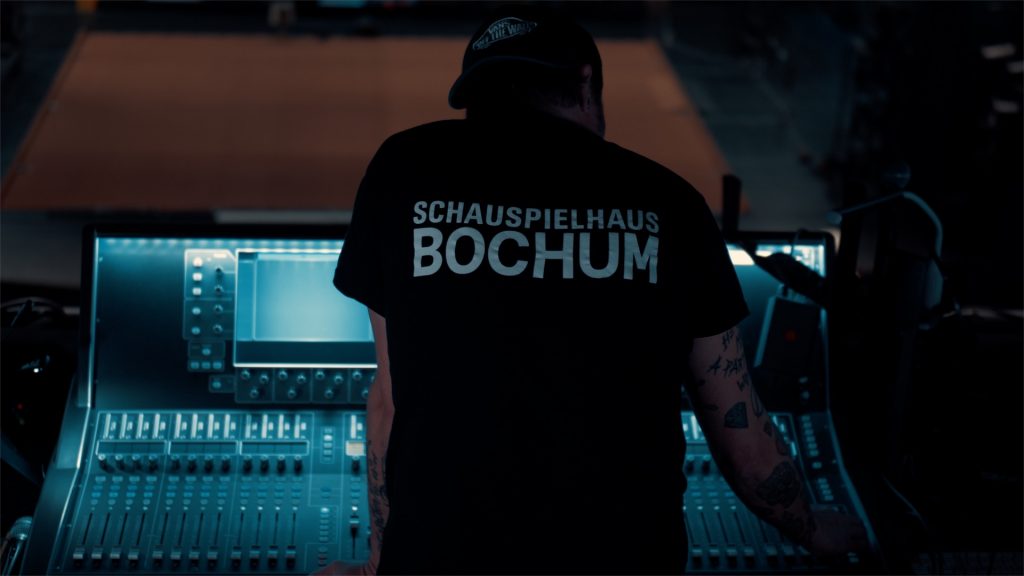
The two main venues deploy three dLive surfaces each, an S7000, S3000 and C1500 in the Main Theatre and an S7000, C3500 and a C1500 in the Kammerspiele, plus various MixRacks and stage boxes, which are connected via CAT and fibre networks. The theatre also uses Qu series mixers in its smaller spaces and for receptions or speeches.
“For larger or more complicated plays we sometimes work with two sound engineers and surfaces,” says Bonk. “One engineer mixes the actors’ microphones, the other looks after the playback system. The most important features for us are fast access to the sound parameters and effects and a customisable surface. The integration of stage boxes into the network is very easy and we can reach each position on stage easily by just pulling a CAT cable – there’s no need for heavy, complicated multicore cables anymore. Our 16 wireless microphones are connected digitally using AES/EBU.”
By using a very similar setup at the different venues, the theatre can react easily to changes of audience reception and can move a play quickly from one venue to the other. “Each engineer can save a show including all channel processing and effects on an USB stick, go to another venue, load it there and continue working on the play,” says Bonk. “We don’t have to reprogram everything when moving between venues which saves a lot of time.”
The new digital technology also helped in other areas of workflow, “Another big advantage of dLive is that we can work with scenes,” Bonk continues. “Scenes can be saved as part of a show and can be edited any time. Working with dLive and our Ableton Live playback system is very easy as well. We can start and control Ableton from the surface or the other way around if we wish.”
A crucial part for a theatre mixing system is the number of auxes for managing loudspeakers and this is where dLive delivers for Bonk as well: “It’s very important for us to assign our speakers in a flexible way,” says Bonk. “At the moment we use 47 auxes in the Main Theatre, 28 at Kammerspiele plus monitor speakers and sound boxes for special effects. With dLive we can address each speaker individually. With dLive we also laid the foundation for surround sound which will most likely become more important in the near future.”
“Our experience with dLive so far has been very good and the desks are absolutely reliable,” Bonk summarises the first season with dLive. “I can wholeheartedly recommend dLive for theatre use – it’s the most flexible desk out there.”
